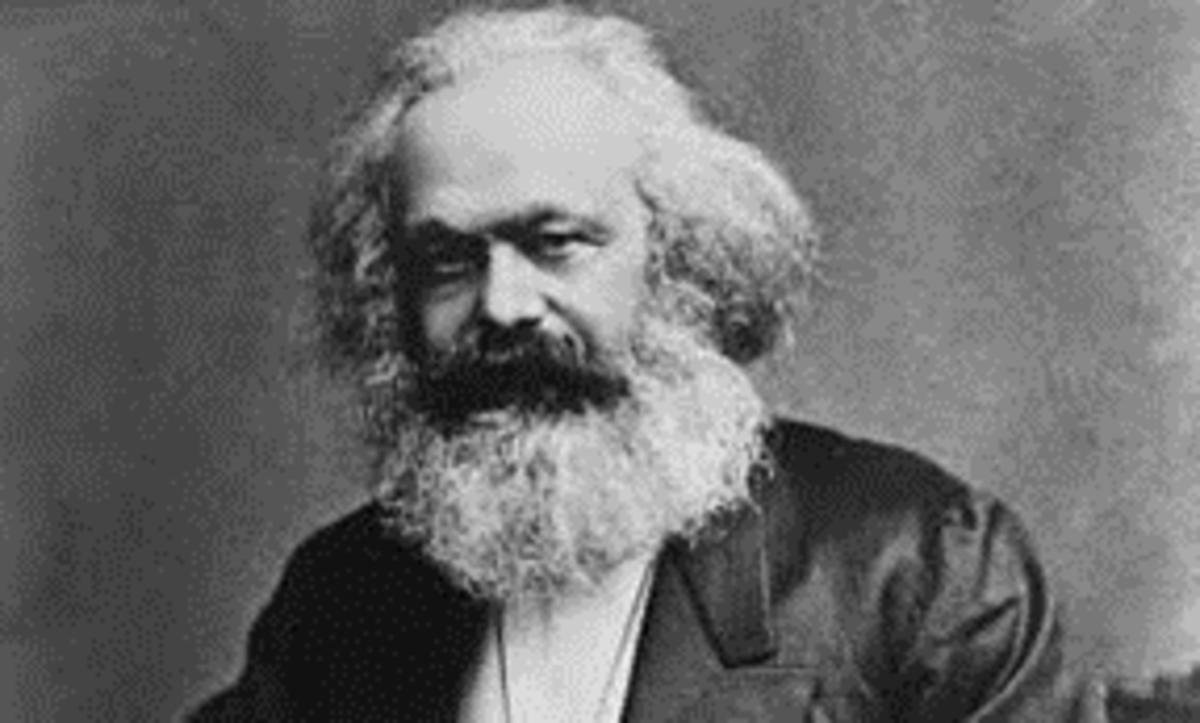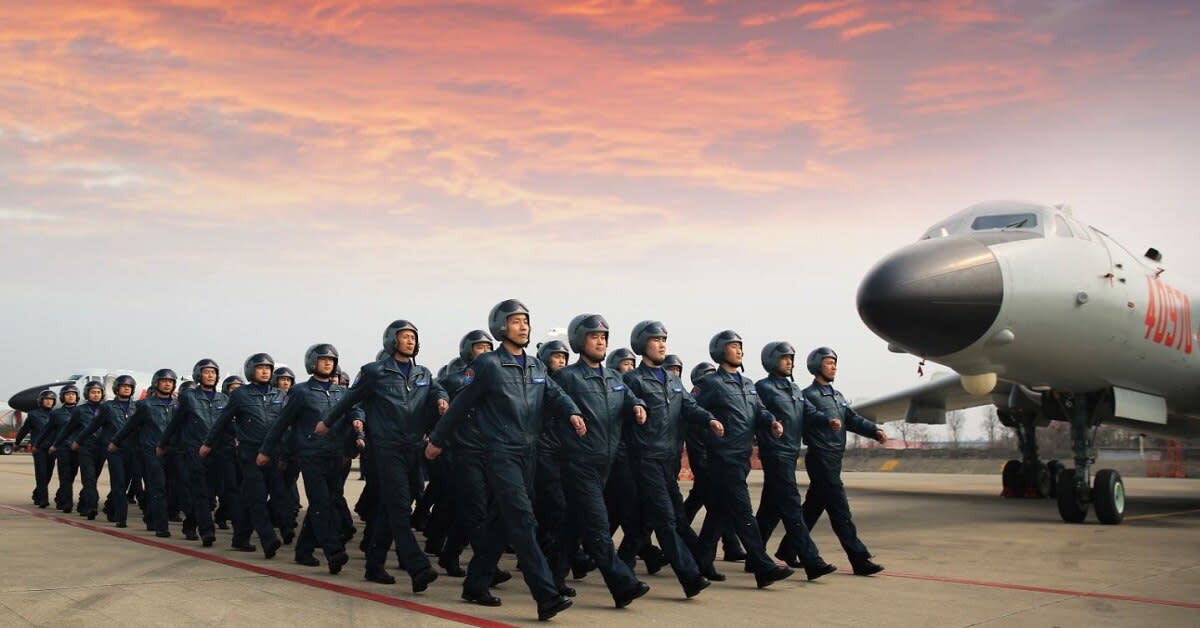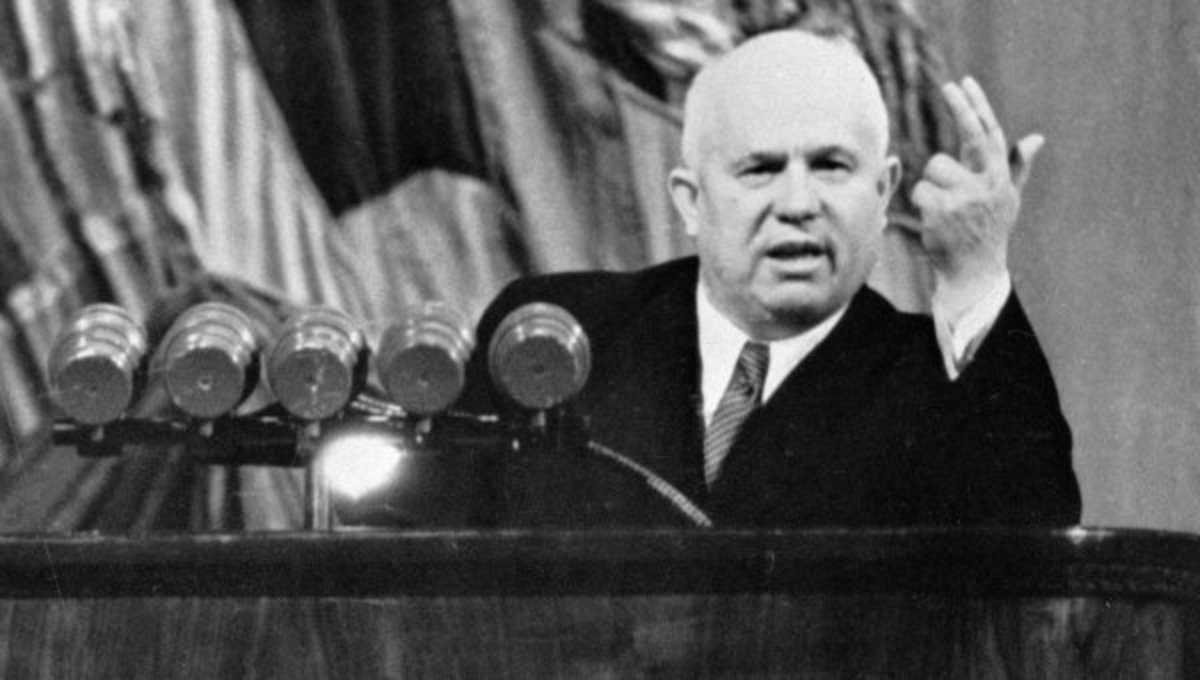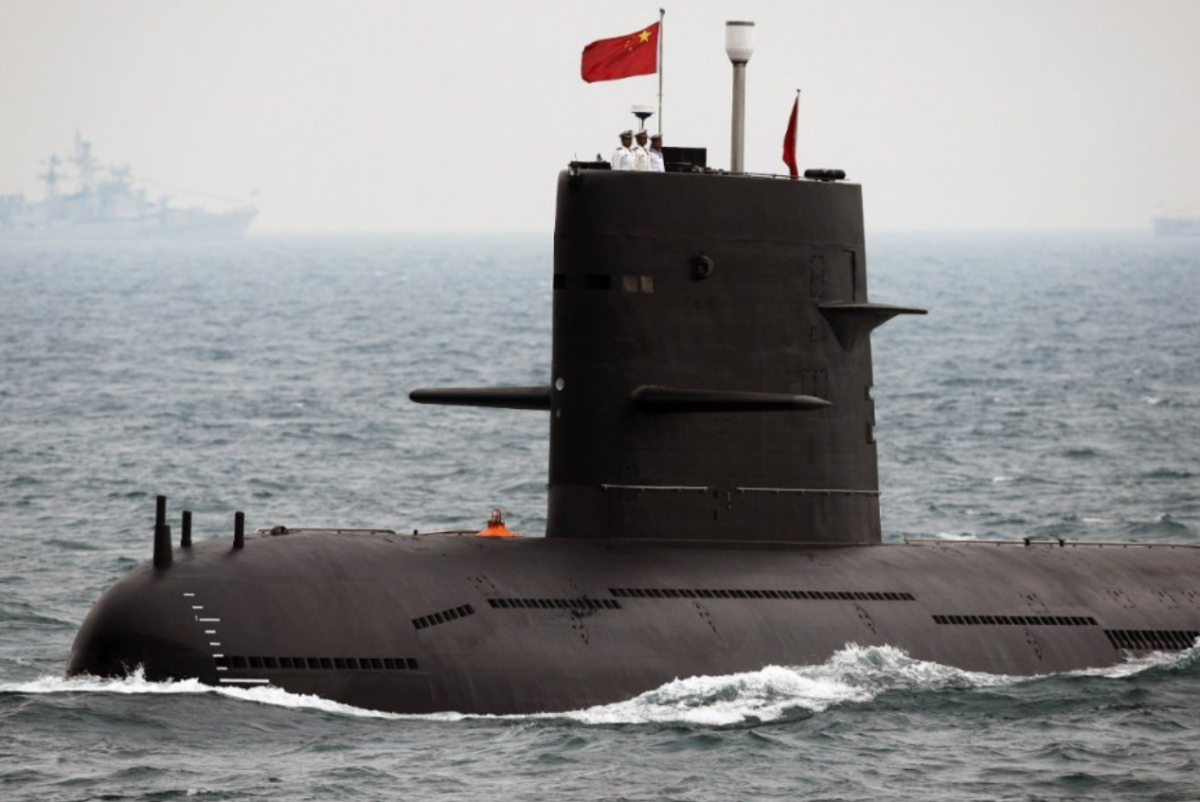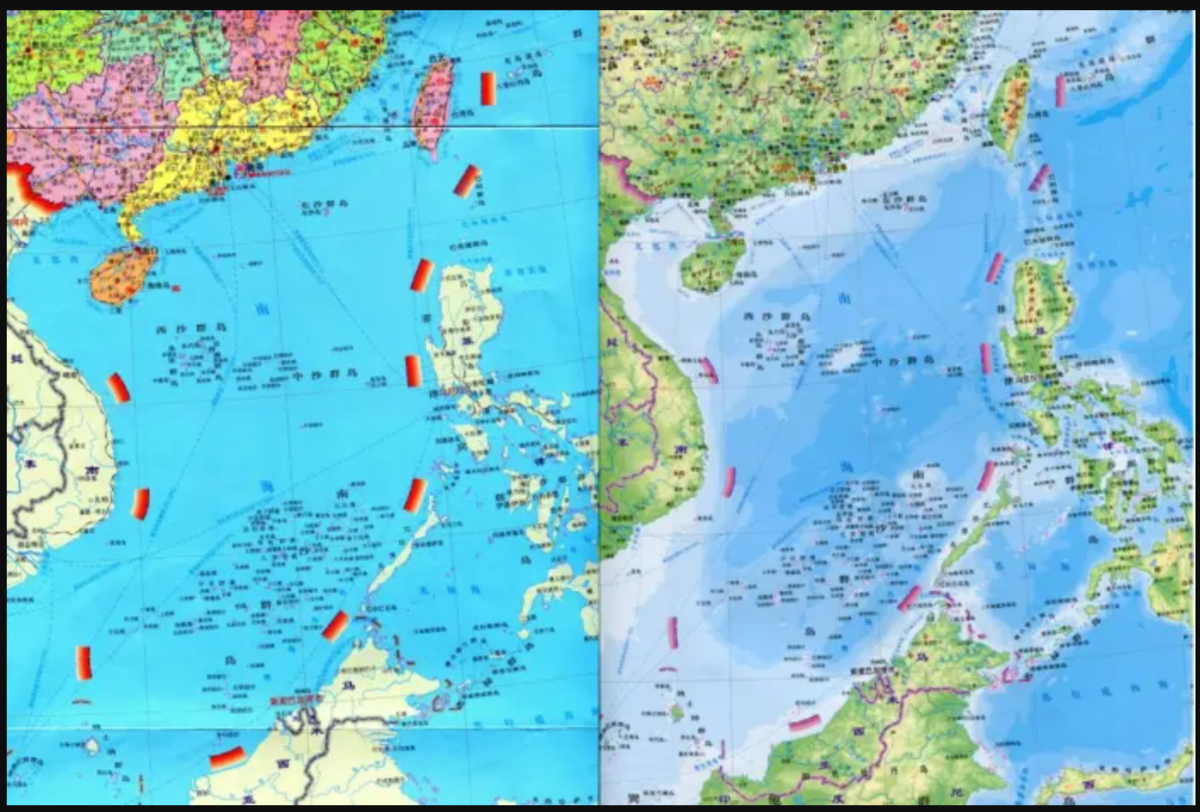How Is China Doing
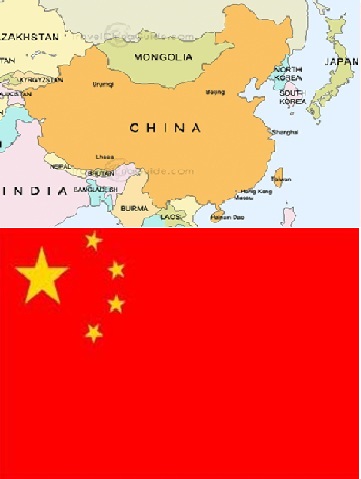
Since the communist took over in 1949, China had been through great upheavals during the 28 years of totalitarian rule by Chairman Mao Zedong . Under his watch, China has become one of the top military powers in the world. But, with the state-controlled economics, China remained a third-world underdeveloped country with a billion people having a standard of living 28 years behind that of the western nations.
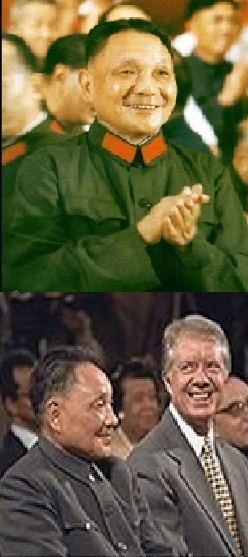
Economic Reform
After Mao’s death, his once-persecuted successor, Deng Xiaoping, took a more pragmatic and socialistic approach. In 1978, the new government decided to open up for foreign investments to attract the desperately needed manufacturing techniques and to experiment with free enterprise zones where companies and properties could be privately managed and owned. Internally, the collective farming system was abolished. Even though the land was still belonging to the state, the farmers were allowed to plant their own crops and allowed to sell and keep the surplus. After 30 years, the transformations have been dramatic. China has become the largest export country with a foreign reserve of 3 trillion US dollars. In the city, high rises are erected and freeways are paved. The urban dwellers start to enjoy a materialistic and capitalistic living that people could only dream about during Mao’s reign. In the rural regions, starvation and poverty are things of the past and farmers’ life and well beings are vastly improved.
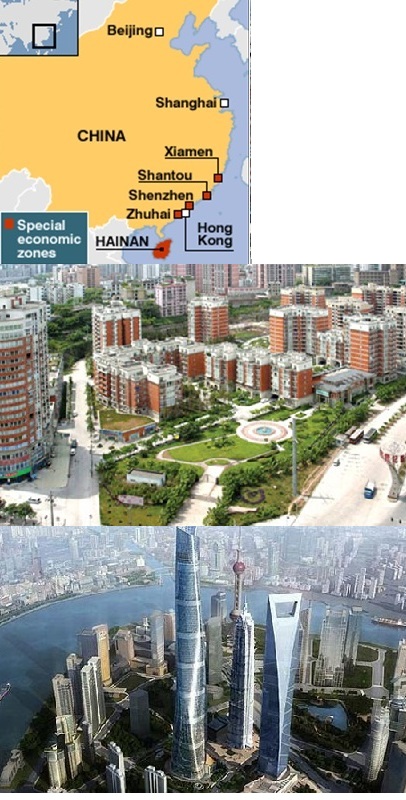
World View
As China gains economic traction through low labor costs, hard workings, and high export volumes, it has amassed a huge foreign reserve and held large sums of foreign debts. The western nations are invariably becoming alarmed and starting to complain about unfair monetary policy and dumping of unreasonably low-priced goods. But, China counters that life is never fair. It wasn’t long ago during the late 1800s that western countries invaded and occupied China by force taking advantage of China’s weak government and rich resources. The brutal aggressions plundered and plunged China to its darkest times and only recently, it is able to catch its breath and takes the first step toward recovery. With more than a billion people to feed and clothe, the government need to master all the tricks in the book to position itself on an even heel to compete with the western countries economically. Only then, can China play with the same international rules as the rest of the world.
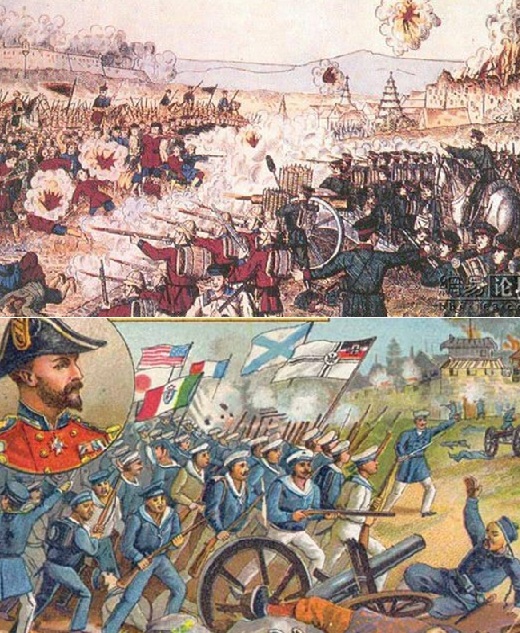
The Communist Party
The Chinese communist party has around 80 million members whose membership is reviewed and accepted based on a stringent set of ideological criteria. The central government is managed by about 200 officials elected by the party members every 5 years. Major decisions and policies are made by a circle of 9 top party members including the General Secretary (the leader) and the Premier (CEO). Since no opposition party is permitted, the communist party has pretty much its own way as to how the country is run. Through the economic reform policy, starvation and illiteracy are eradicated. But, people’s freedom of speech, freedom of press, and due process of the law are still under tight control and abuse.
Official corruptions, public service and safety, and the disparity between the rich and poor are out of control and becoming a public concern. As a new and better educated generation of party members takes office, they are beginning to ponder the timing of a political reform as well. China was under monarchial and totalitarian rules as recently as 1900. The last one had especially been disastrous. The bitter, painful, and shameful experiences of that time will forever be etched into the memory of every present and future Chinese people.
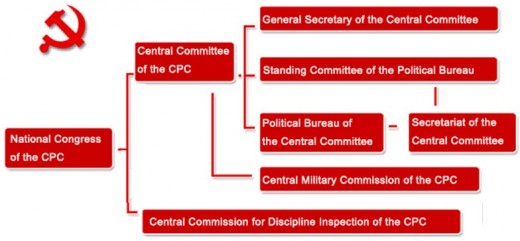
The Future
It is now common sense that power corrupts and absolute power corrupts absolutely . The remedy is to share power, to encourage opposing views and opinions, and to have a checks and balances system. The leaders of the communist party know the logics perfectly well. The economic reform is just the first step. With the material wealth at hand, the next task is to build the necessary infrastructures, lay down the proper foundations, and bring the majority of the population to a higher educational level for independent and logical thinkings. When that time comes, the transition to a free speech, free press, and law abiding society will be smooth and non-traumatic.
Taiwan is a good example. It takes 40 years of martial law and authoritarian rule whence many innocent people were jailed and perished, before Taiwan establishes a democratic government with its people enjoying a free speech, free press, and law abiding life. Taiwan has a population of 23 million people while China has 1300 million people. True and long lasting freedom takes efforts, monetary resources, and time; particularly for a nation that has been through 5000 years of monarchy with the last 100 years under unrelenting foreign invasions and constant civil wars.


